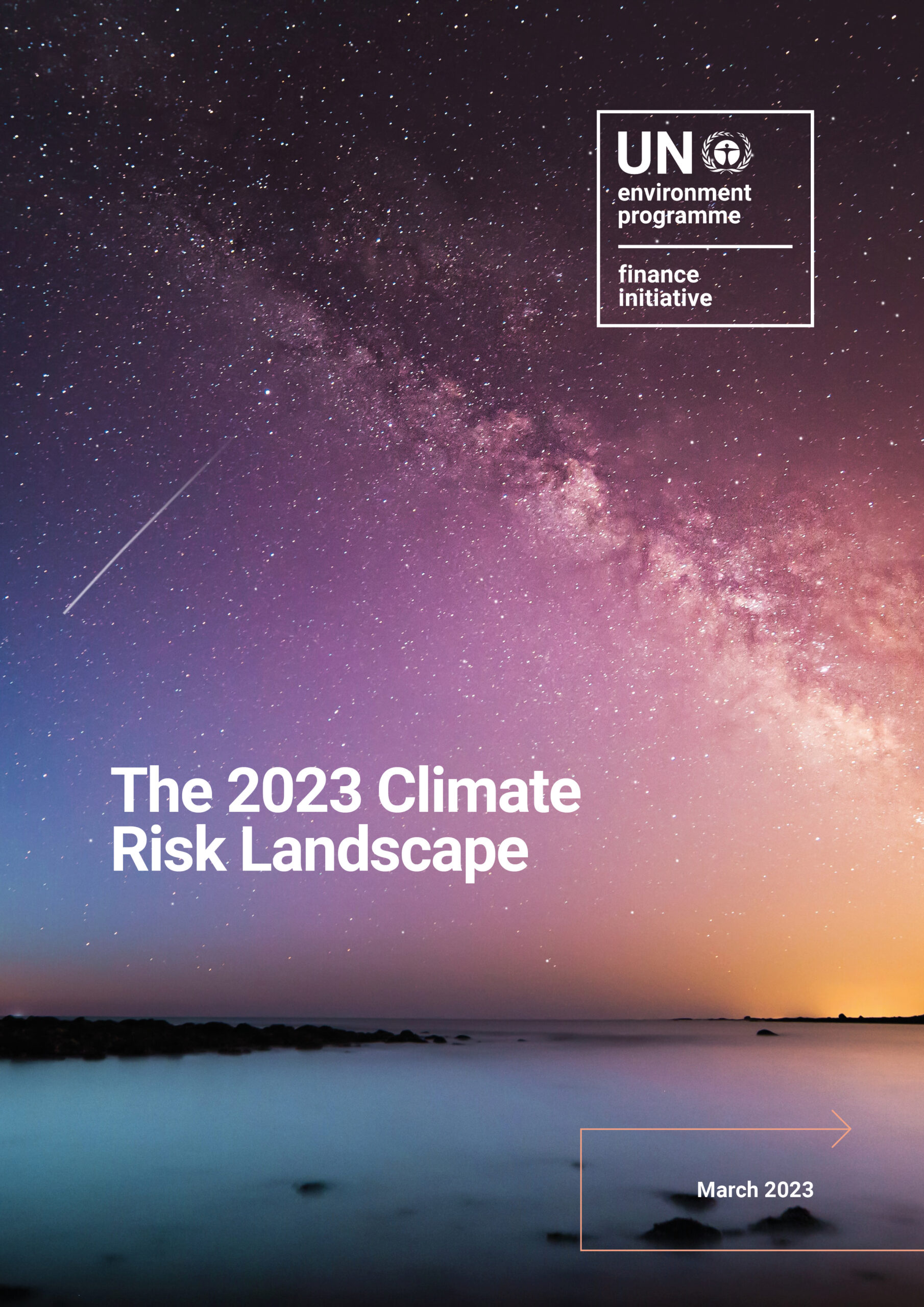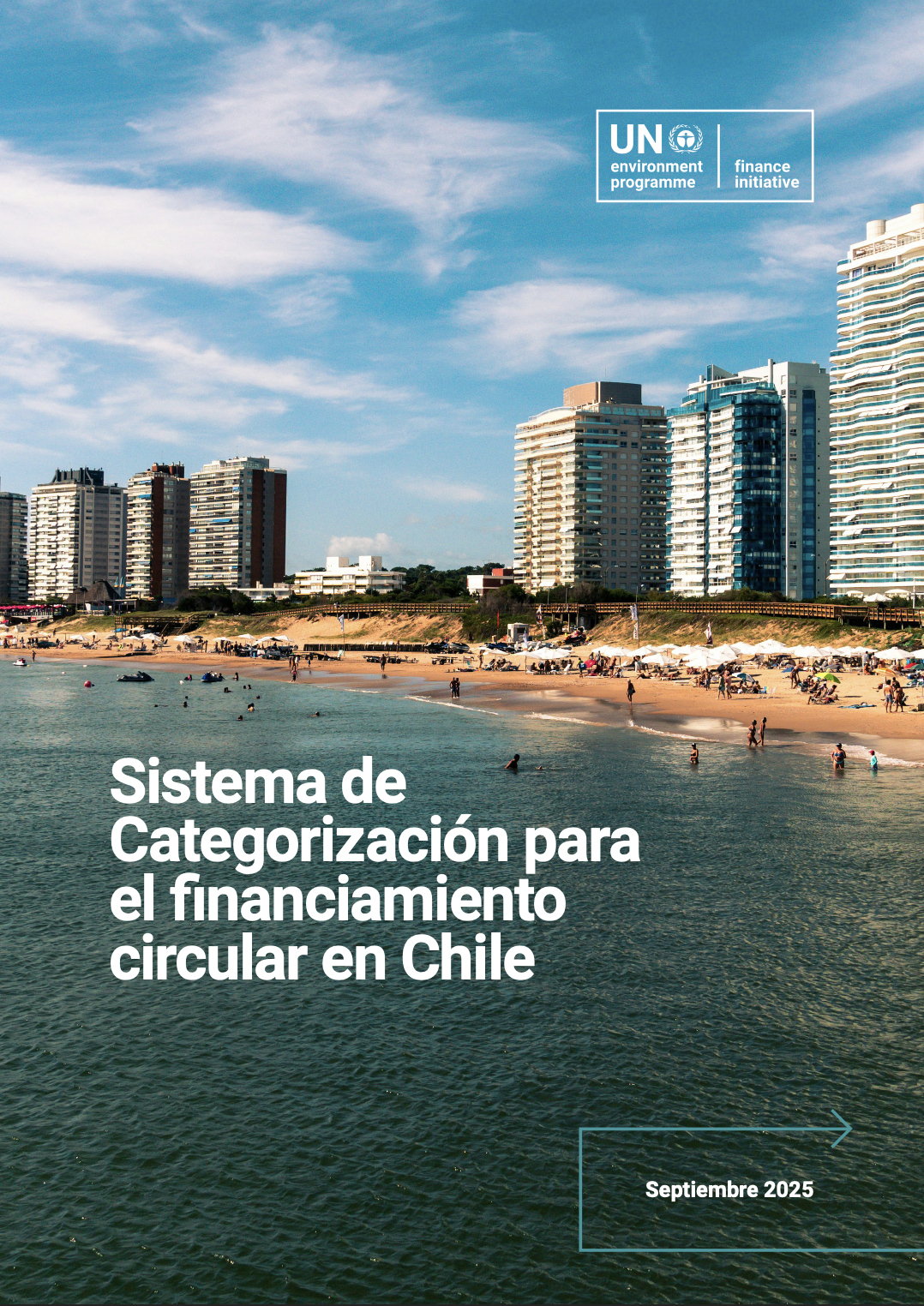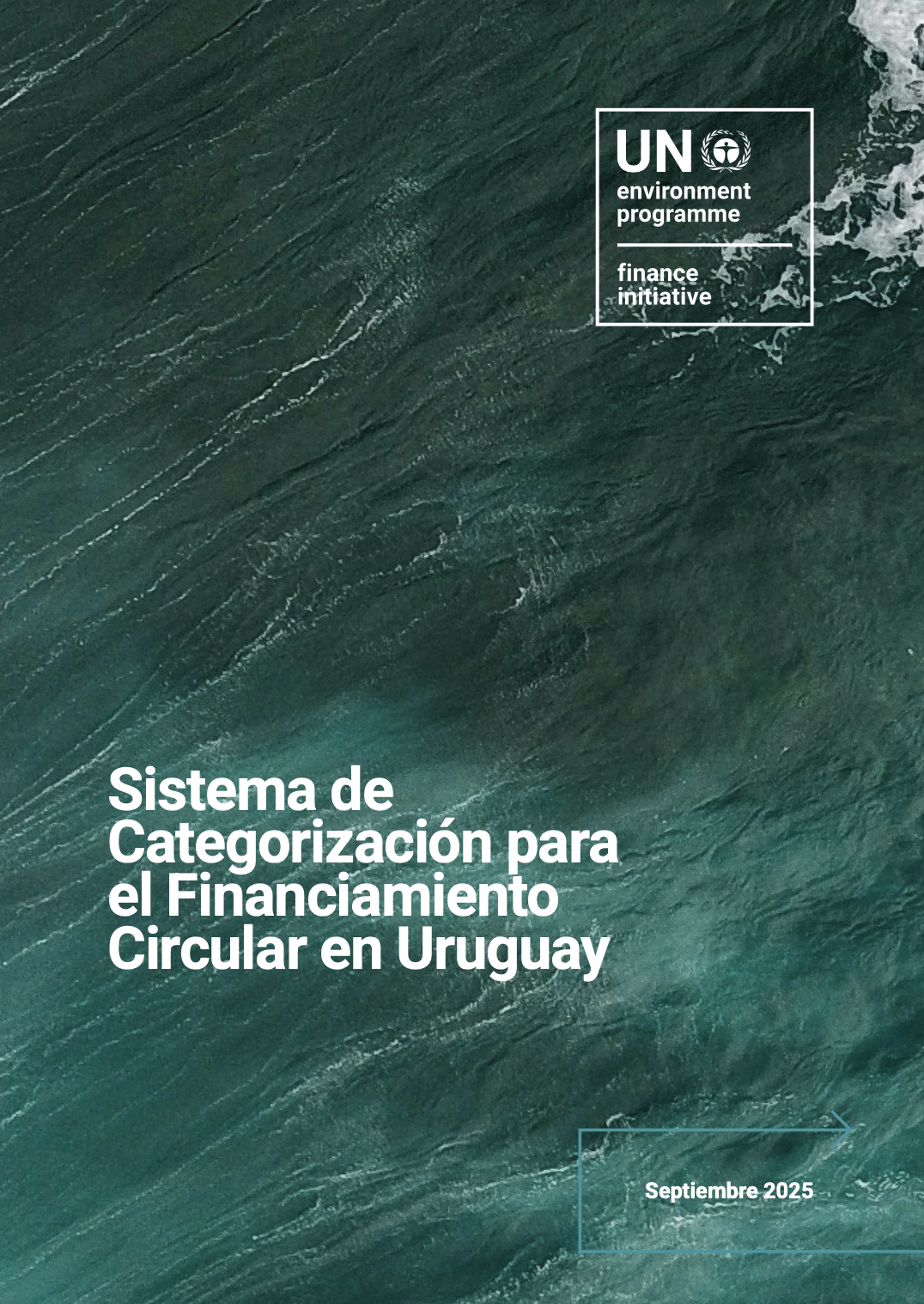About the Project
UNEP FI, in collaboration with CTCN, GO4SDGs, and the BASE Foundation, is implementing a circular economy (CE) finance project across Chile, Costa Rica, the Dominican Republic and Uruguay.
The goal: Empower financial institutions to scale up CE investments, particularly benefiting micro, small, and medium-sized enterprises (MSMEs), by addressing systemic barriers, improving taxonomy integration, and building internal capacities of financial institutions.
Project Structure
The project is structured around three interrelated components that respond to institutional, regulatory, and operational needs within financial ecosystems.
Objective: Develop a comprehensive understanding of each country’s circular economy landscape, identifying opportunities, challenges, and actors to guide strategic financial interventions. Key Outcomes: Outputs: Objective: Create standardized categorization systems that align with national sustainable finance taxonomies, improving the traceability, comparability, and credibility of CE-related financial flows. Key Features: Expected Impact: Outcomes: Training Modules Cover: Delivery Format: Outcome Focus:
Project Outputs
Diagnostics:
- Diagnóstico del ecosistema circular en Chile
- Diagnóstico del ecosistema circular en Costa Rica
- Diagnóstico del ecosistema circular en Uruguay
Categorization Systems:






